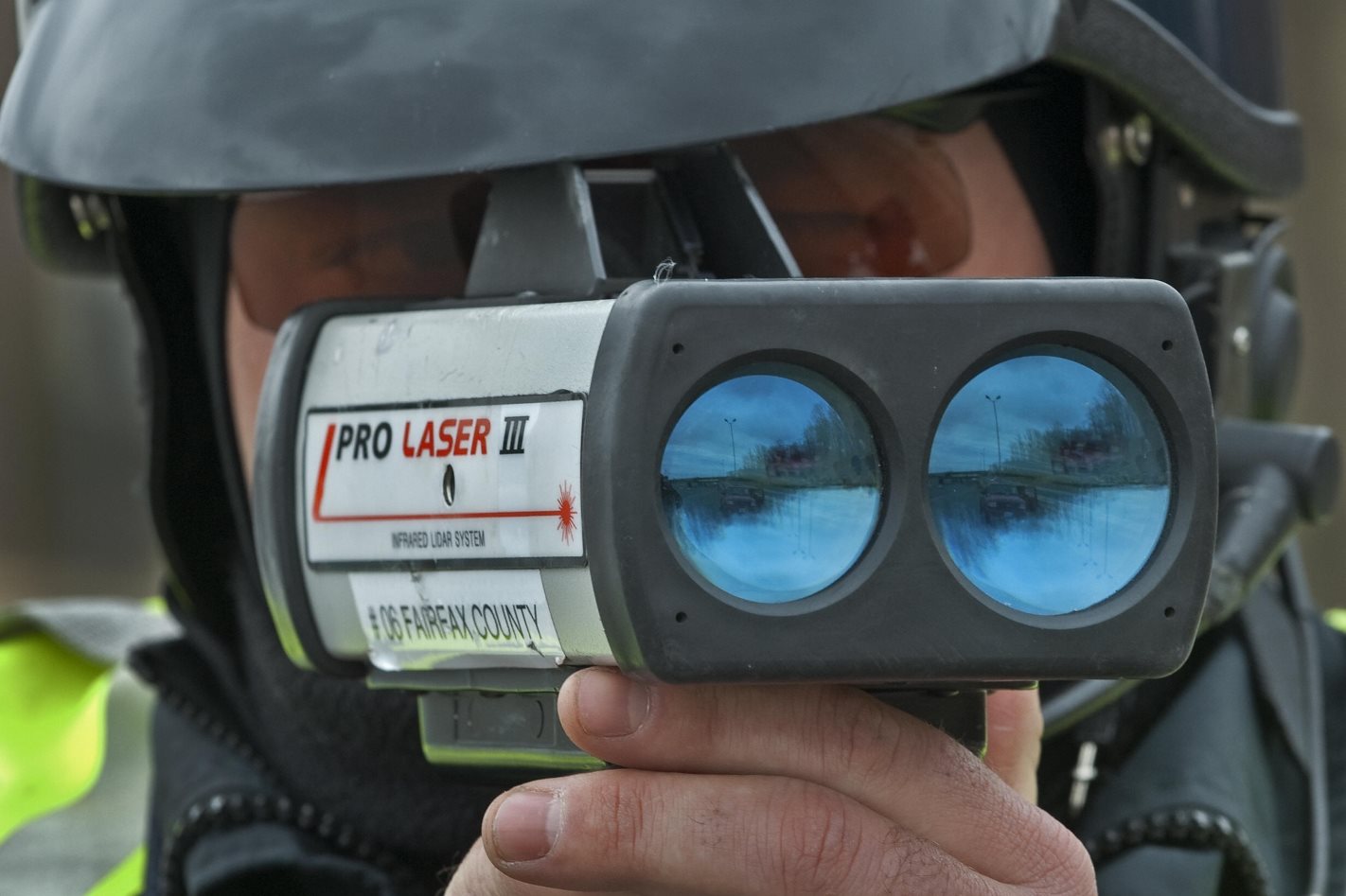
The simplest and easiest way to avoid a speeding fine, as we all know, is to stay within the speed limit, but some drivers still choose to ignore the law and take a chance. That’s why the police are constantly exploring new ways of detecting vehicle speed and enforcing the rules.
While fixed speed cameras are effective, their location is often known and even advertised, therefore the mobile speed trap or ‘hand-held speed gun’ can be a more effective way to catch even the sneakiest speeding motorists.
Shoot to kill (speed)
Law enforcement speed detection equipment has been around longer than you might think. The grandfather of today’s speed guns was invented in the late 1940s but, despite its age, the principle at its core remained unchanged for decades.
In fact, radar is still used in some speed gun devices because the technology is largely dependable and accurate.
Put simply, the gun shoots a radio signal at a moving object at a known frequency; if the signal bounces off the object it is returned to the gun at a different frequency and the difference is the speed of the approaching or departing object.
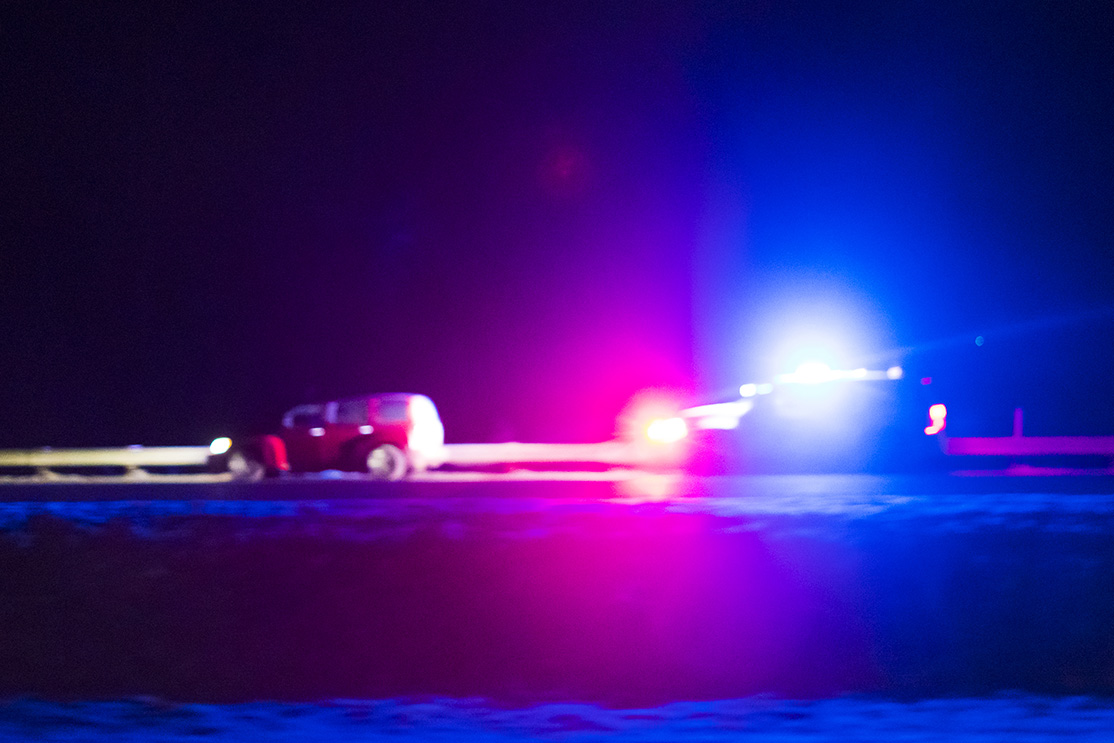
It’s called the Doppler effect and it’s exactly the same phenomenon that makes an ambulance’s siren pitch sound different when it is approaching compared with the pitch after it has passed you.
Radar does have its limitations though and the latest speed detection tech uses a very modern interpretation of a similar principle.
A lighter option
While radar guns still exist, LIDAR technology has been gradually replacing it since the early 2000s as the most favoured speed limit-enforcing hardware. Instead of a radio signal, the LIDAR gun shoots pulses of light at the vehicle and measures the time it takes for them to return.
Sophisticated electronics can accurately measure the projected pulses as well as those reflected from the target vehicle. Put simply, the equipment calculates change in distance over a very brief period of time and therefore – speed.
Advantages
LIDAR’s source of light is a powerful infra-red laser – invisible to the naked eye but strong enough to bounce back from vehicles hundreds of metres away.
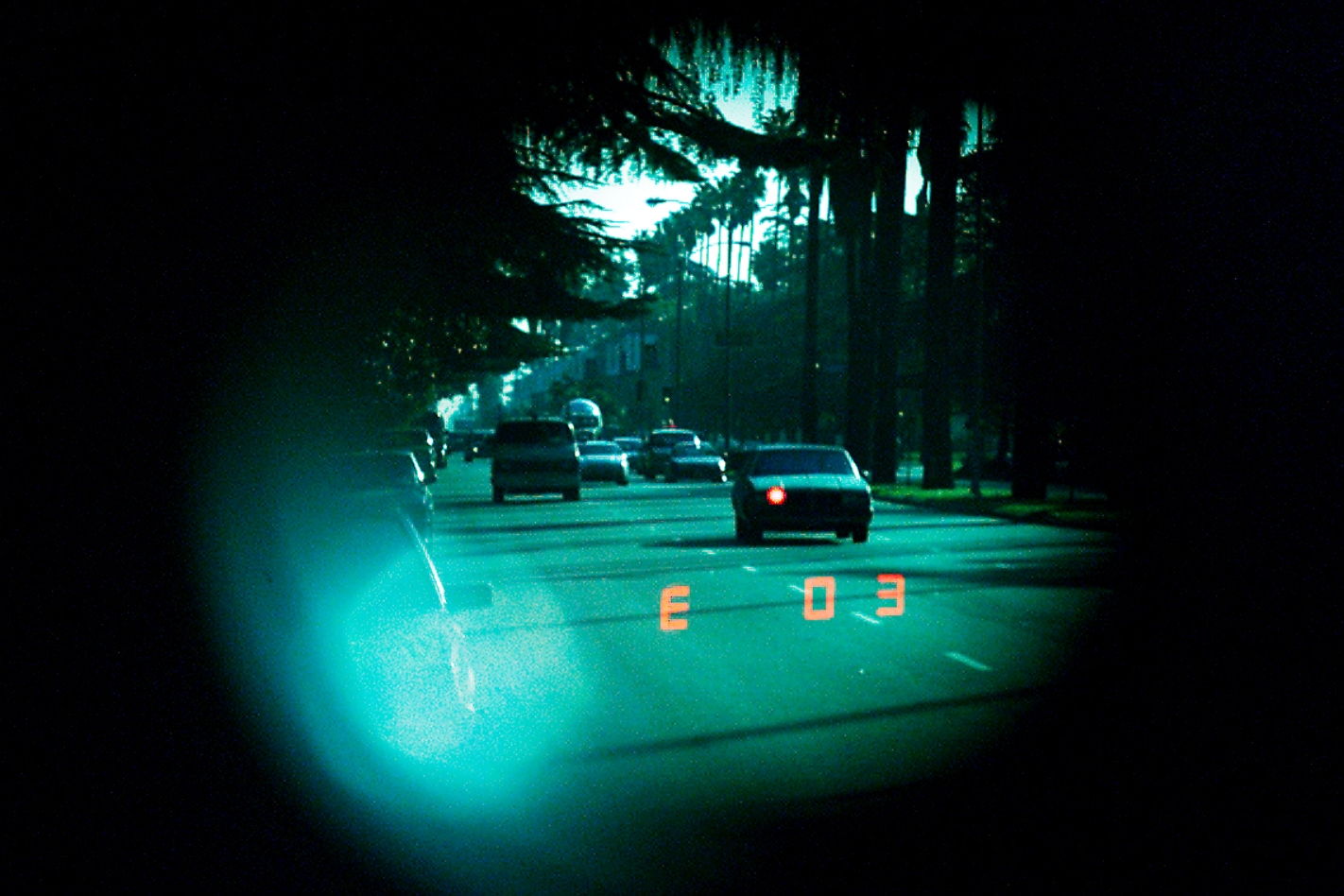
Unlike Radar, the laser is more accurate to aim, enabling officers to target a specific vehicle in traffic and the pulses of light are like a signature that’s hard to ‘forge’ or fool by evasion devices. The laser is also a very specific frequency (or ‘colour’) of light so it isn’t easily confused by other sources.
Operators typically target the registration plate of the vehicle as this offers a flat reflective surface at an angle that will bounce the laser directly back to its origin and, with more than 100 measurements taken in half a second, the measurement process is almost instant.
Can I beat a speed gun?
The short answer is rarely and if you do it’s more likely to be something the operator has done and not your own efforts.
Some special devices exist that claim to detect when a LIDAR or radar is in use and warn the driver, but the speed in which a measurement can be made makes it virtually impossible to react and slow the vehicle in time. If the machine beeps, the chances are your speed has already been recorded.
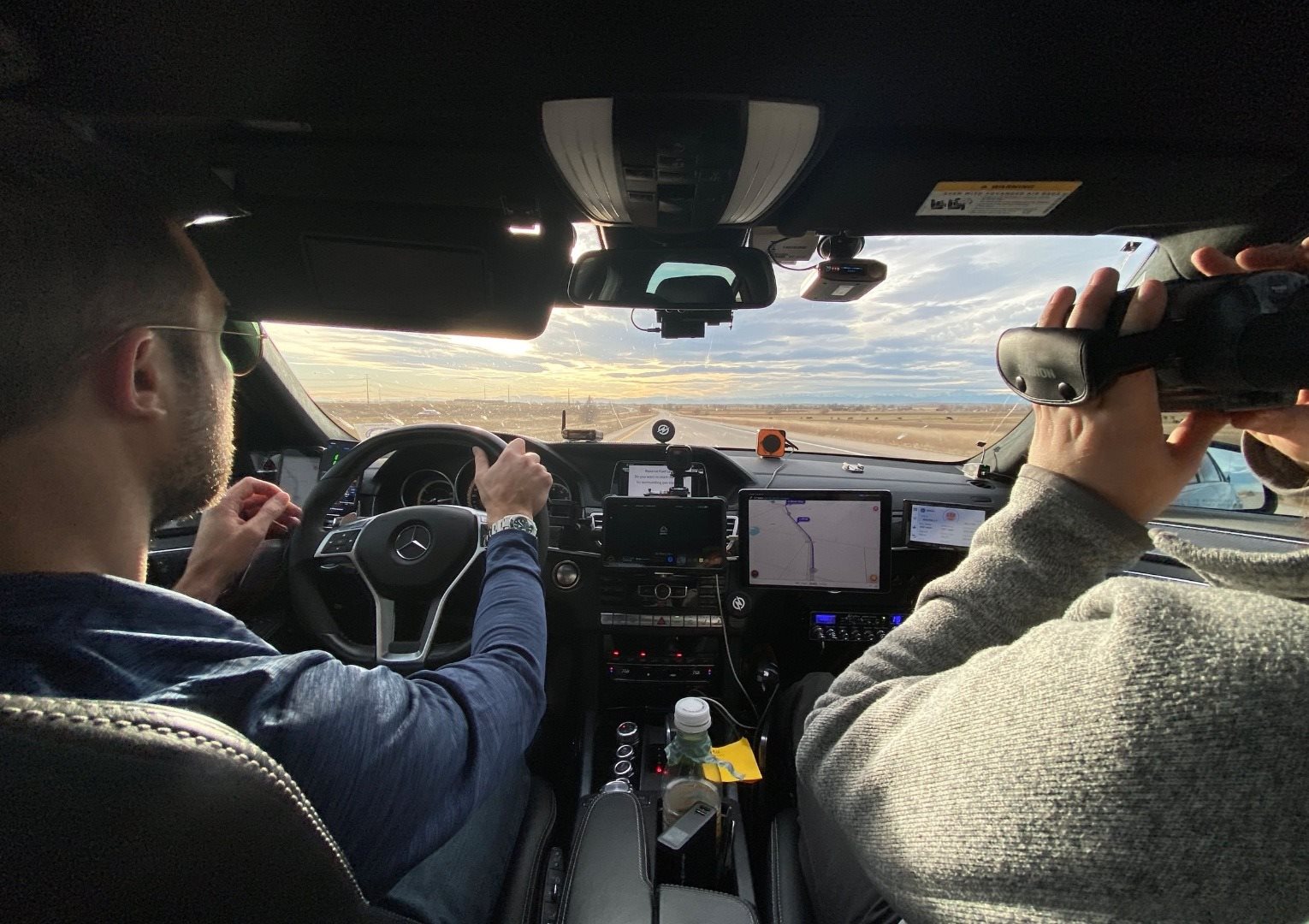
Other devices attempt to scramble or ‘jam’ the detector by firing back confusing information. While these machines may have some effectiveness, the speed gun designers are experts at writing algorithms to ignore false pulses and focus only on the ones it generates.
In either case, use of evasion and deception equipment is illegal in Australia.
Less easy to govern and legislate is the use of smartphone technology. Exactly which is the best police speed trap app comes down to a number of features but all essentially all versions offer users the location of all speed traps – both fixed and mobile.
LIDAR speed guns are not infallible and training is required for optimum effectiveness and there are still a number of operator errors and environmental factors that can prevent the device displaying a detected speed. However, the complex electronics will not record a speed reading unless several error safeguards are satisfied with each pull of the trigger.
And if you’re wondering whether speed guns work at night, the answer is yes. In fact, with less daylight to potentially mask the laser, LIDAR is often more effective after dark. Heavy rain and fog however, does limit the effectiveness of LIDAR because the droplets of water in the air can scatter the laser beam.
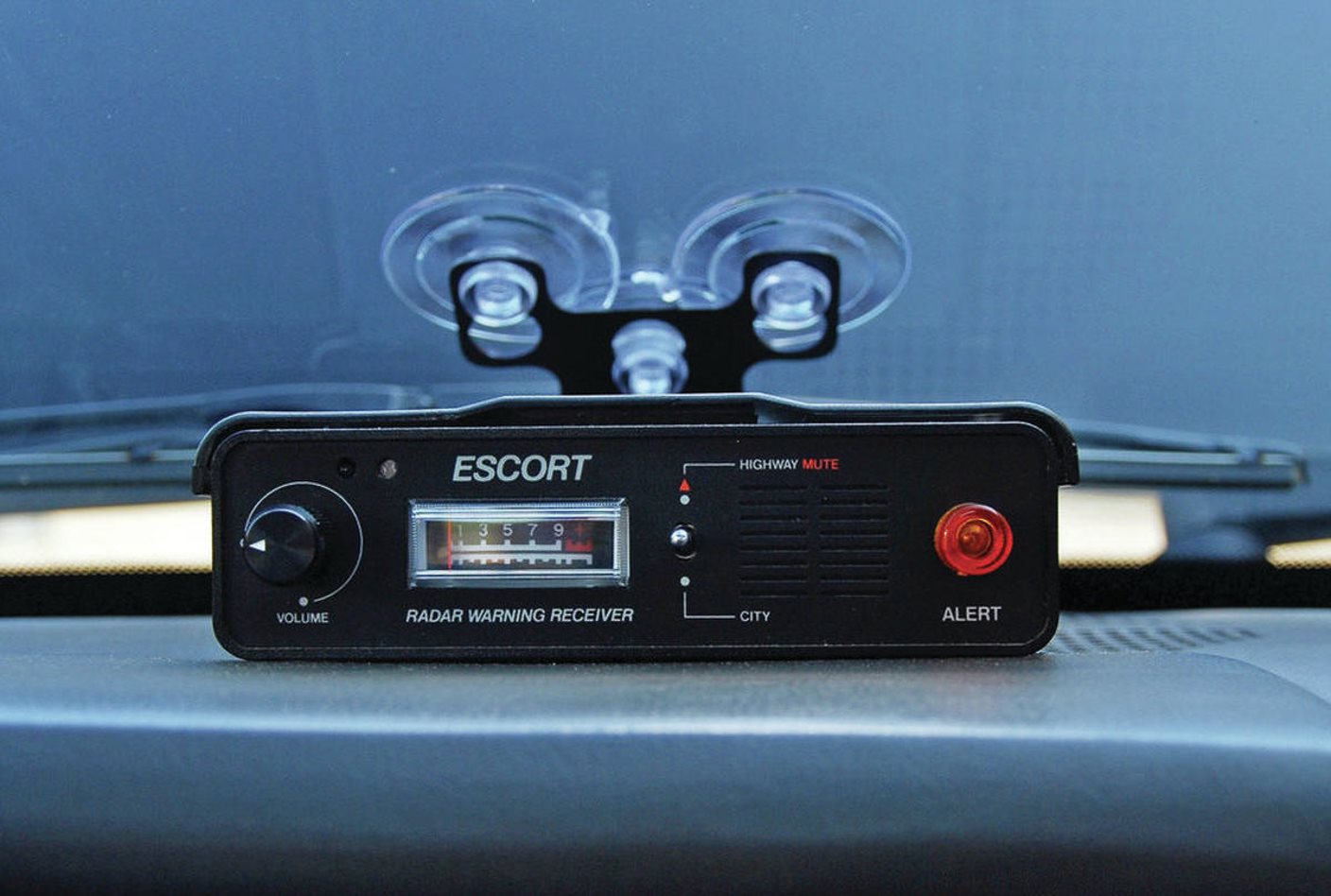
Maybe you are one of those drivers that flashes your headlights if you have spotted an unmarked police car conducting speed checks. Is it illegal to warn drivers of a speed trap? The answer to that varies from state to state.
In some states it is not illegal, however you might still cop a fine. Switching on the high-beam lights is illegal if you are following another vehicle or one is approaching within 200 metres and could land you a fine as hefty as the speeding ticket.




